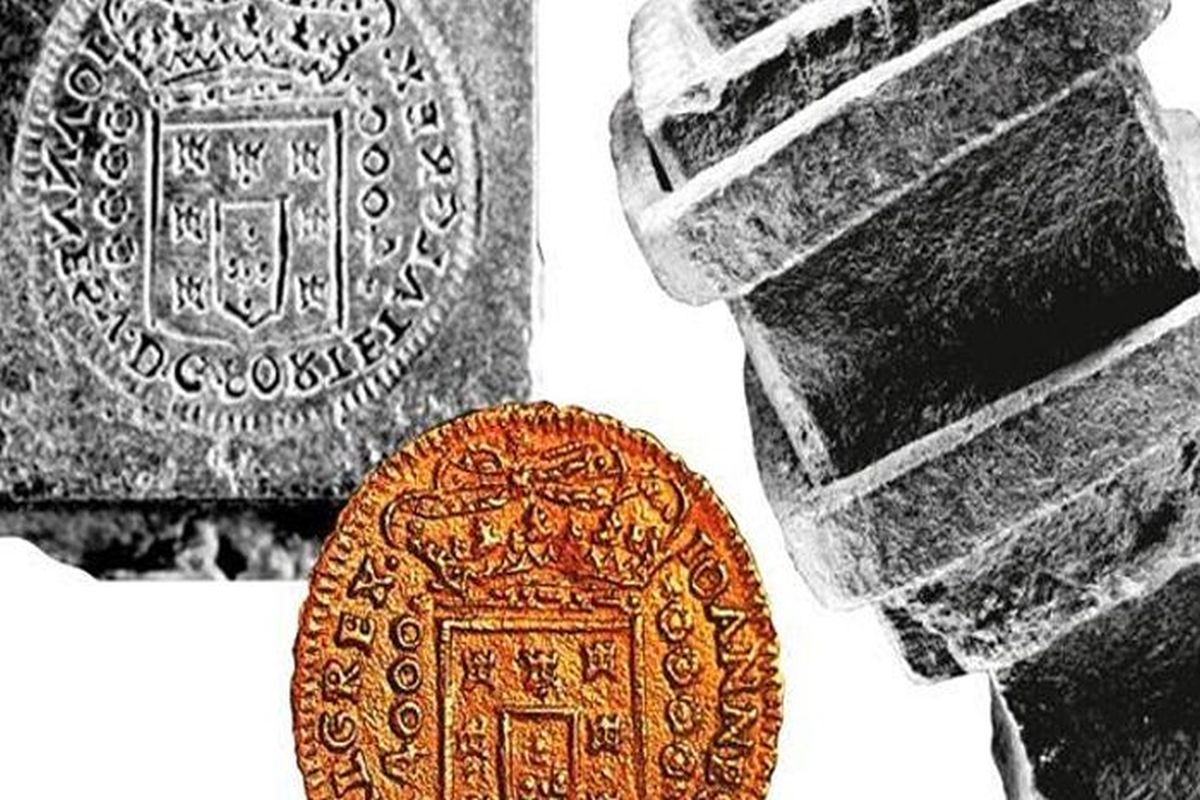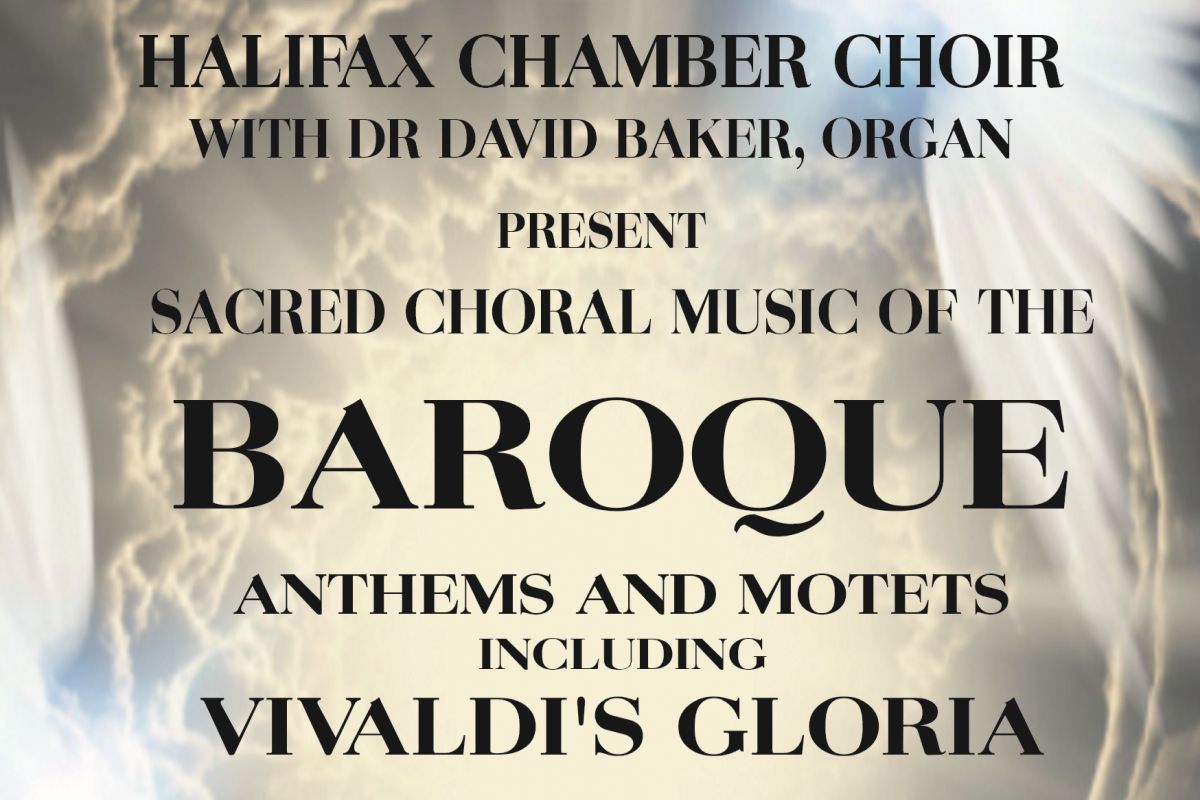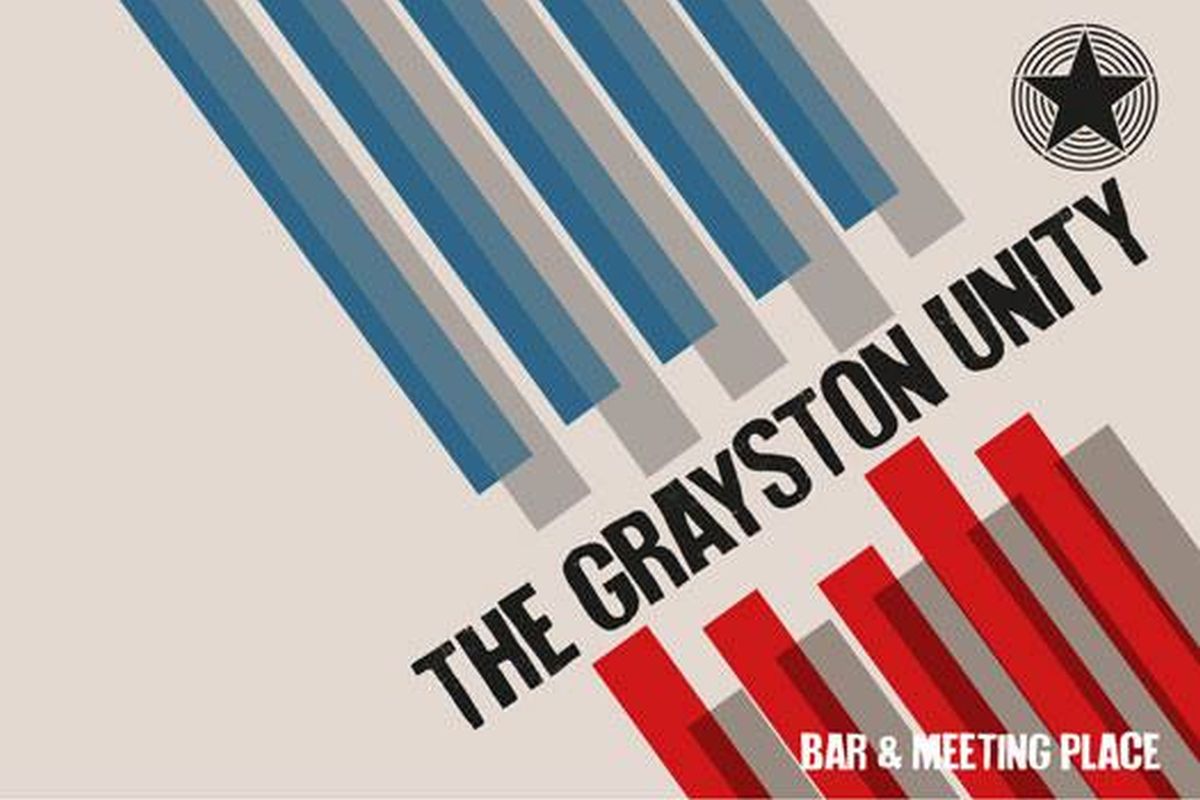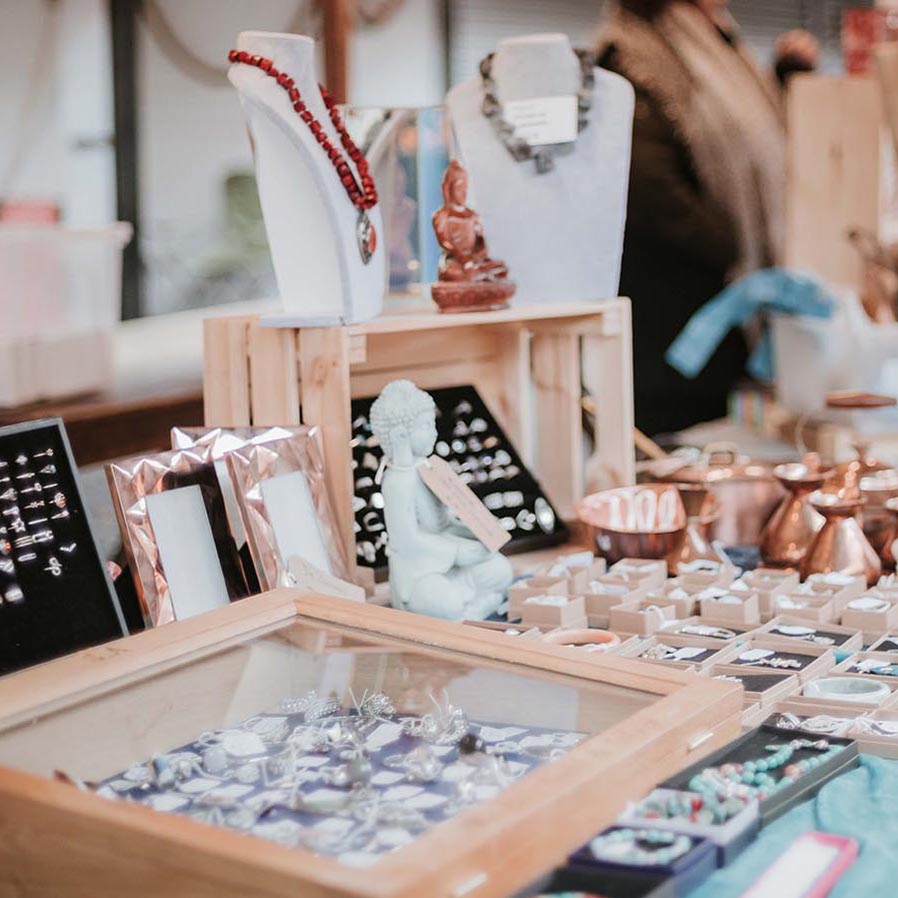
Criminal Coiners: Life and Death in Wild West Yorkshire

Event description
Heptonstall Museum is open Thursday to Sunday 11am till 4:30pm.
Our opening exhibition explores the lives of the Cragg Vale Coiners, the notorious band of local counterfeiters who produced fake gold coins in the late 18th century to supplement their small incomes from weaving.
On entering the 17c building, the first room brings to life a typical weavers’ cottage room. It contains a replica c18th loom, alongside a display of weaving tools and fabric samples, showing the stages of cloth production used by home-based weavers who sought to make a livelihood, pre-Industrial age.
Walking next to the main room, you’ll be accompanied on your exhibition exploration by a wonderful soundscape. Evoking the execution scenes of ‘King’ David, and a rendition of an Execution Ballad, it was created just for our exhibition.
‘King’ David Hartley’s Cragg Vale home takes over a corner of the museum which is devoted to depicting Bell House – the Hartley’s farmhouse on Erringden Moor.
Alongside this, clothing indicative of those worn by David Hartley and William Deighton, (the excise man who lost his life at the hands of the Coiners), give the modern visitor a sense of the inequalities of wealth at the time.
A set of coining dies – a replica of the set used by the coiners, (commissioned by the same forger who created a set for The Gallows Pole) gives a glimpse of the expertise involved and along with the replica Portuguese Moidore coins, it’s easy to understand the expertise and craftsmanship the Coiners’ deployed in the making of the fake currency that almost toppled the British economy.
To place the exhibition within the Calderdale landscape, we have contemporary and modern maps and images of the moors from the After Alice project.
For new visitors to the Museum. The building itself is an atmospheric and authentic Grade II-listed building dates back to 1600. Built as a warehouse, it was converted to a grammar school in 1771 and closed in 1889. The Yorkshire Penny Bank occupied it 1898 until 1954 and became a museum in August 1972.
Event details
- This event is at Heptonstall Museum
- Tickets are £3
- This event runs from 27 May 2023 - 24 May 2024.
- heptonstallmuseumfriends.org.uk/


